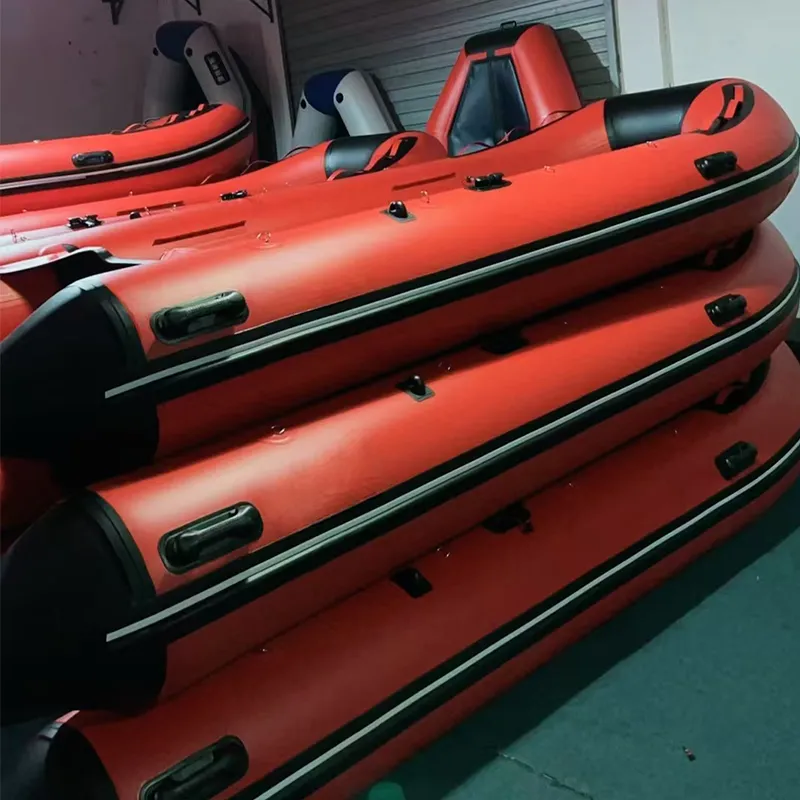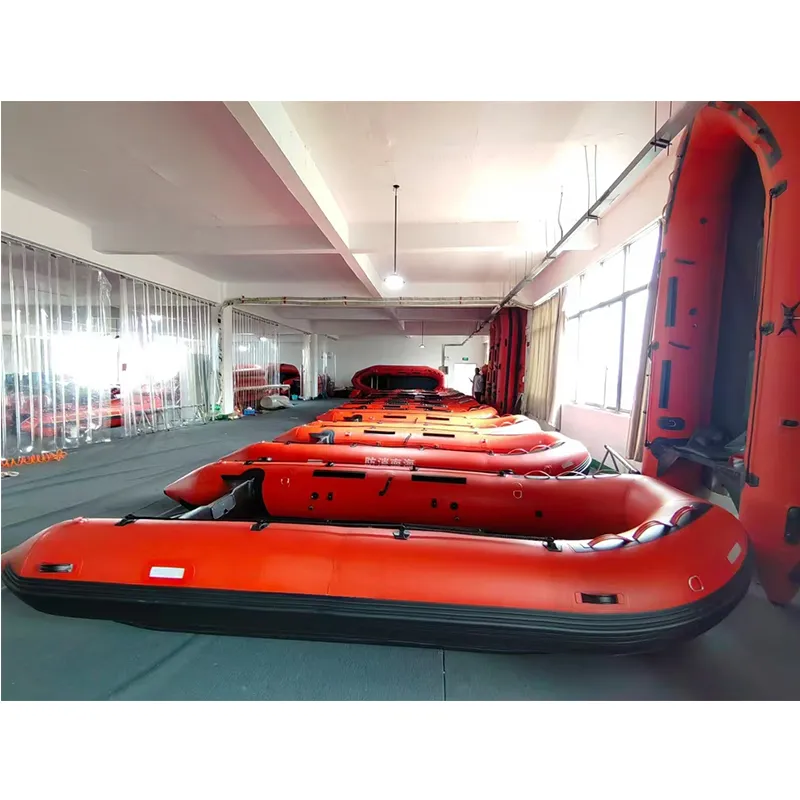

For large-scale incidents or unique operational challenges, firefighters might employ specialty ladders like the folding ladder or the pompier ladder. Folding ladders, given their lightweight and compact nature, can be carried easily on fire apparatus and deployed quickly when navigating through narrow spaces or across challenging terrains. On the other hand, the pompier ladder is a hook ladder historically used for scaling buildings where extension or aerial ladders might not fit, showcasing its utility in very niche scenarios. Each type of ladder plays a vital role and selecting the correct ladder type is dictated by the situation at hand. Fire departments conduct regular trainings and drills, ensuring that their personnel are adept at choosing and employing the appropriate ladder type swiftly under duress. This practice ensures that when seconds count, the tools are used optimally, reflecting the profound expertise and authoritative command required in firefighting. The material composition of the ladders is another element affecting their usage and safety. Modern firefighting ladders are often made from aluminum or fiberglass; aluminum is favored for its strength-to-weight ratio and resistance to corrosion, essential for agile response and longevity. Fiberglass, while slightly heavier, offers superior electrical resistance, a vital safety feature when handling electrical fires or operating near power lines. Manufacturer reputation and adherence to standards such as those set by the National Fire Protection Association (NFPA) are key to ensuring ladder quality and firefighter safety. A ladder's certification signals not only compliance with established benchmarks but also engrains trust within firefighting units, reinforcing their trustworthiness on the field. Ultimately, the precise application and understanding of the various ladders used in firefighting illustrate the fine balance between expertise and experience—both necessary to protect lives and property. The strategic use of ladders reflects the broader tactical approaches inherent in firefighting, where decisions are informed by in-depth knowledge, skilled training, and a commitment to public safety. Understanding the distinct types of ladders and their applications is a testament to the authoritative handling and strategic acumen required in this field, showcasing the ladder's indispensable role in a firefighter's arsenal.





















